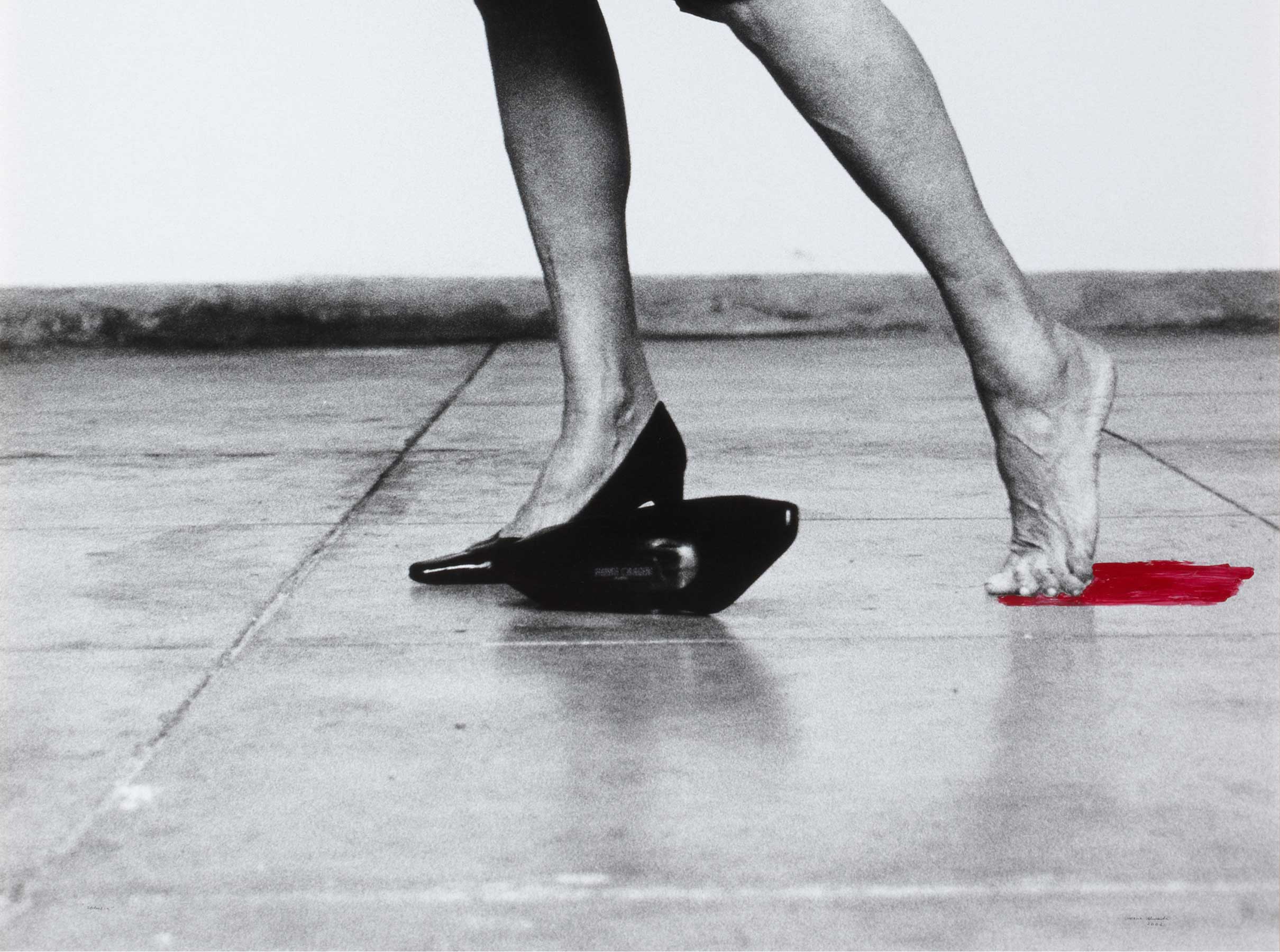ВИТКИ СПИРАЛИ (вертикальный вариант) [Bucle en espiral (variante vertical)] [Spiral Loop (vertical variant)]
- 1965
- Ink and acrylic on paper
- 50 x 32 cm
- Cat. D_94
- Acquired in 1991
Francisco Infante produced Projects for the Reconstruction of the Starry Sky between 1965 and 1967, just after completing his Fine Arts studies in the country of his birth. This series features night landscapes where the cropped tree tops are backlit and peculiar constellations fill the sky.
As he was searching for forms of expression that went beyond the socialist realism that prevailed in official art, Infante met Alexei Pevsner, the younger brother of Naum Gabo and Antoine Pevsner, who opened the door to the constructivist art of the Russian avant-garde for him (though original works by that movement would not be seen until the end of the decade). Gabo’s spiral drawings, Aleksandr Rodchenko’s work and the spiritual and metaphysical interpretations of Kazmir Malevich’s oeuvre (especially his suprematist pieces from 1917) were to influence Infante in generating a theory of infinity that would become the centre of his work from then onwards: ‘Awareness of infinity tumbled down on me; overwhelmed me’.
In those gouaches and tempera, Francisco Infante behaved like an artist-demiurge capable of reorganising the celestial sphere. He thus poetically recycled the utopian idea of avant-garde artists: their ability to transform society, to change the world; as he himself declared a year later, it was ‘the constructivist emphasis taken to the extreme’. With these spirals, triangles, parallel lines, vanes, etc. that created a geometric design of the sky, he intentionally showed a formal, plastic attitude that placed him as the heir to a local avant-garde tradition that had been politically ousted, while at the same time he remained in tune with creative discourses on the other side of the iron curtain.
Other works by Francisco Infante

![ВИТКИ СПИРАЛИ (вертикальный вариант) [Bucle en espiral (variante vertical)] [Spiral Loop (vertical variant)]](/f/webca/INF/assets/img/fff.png)